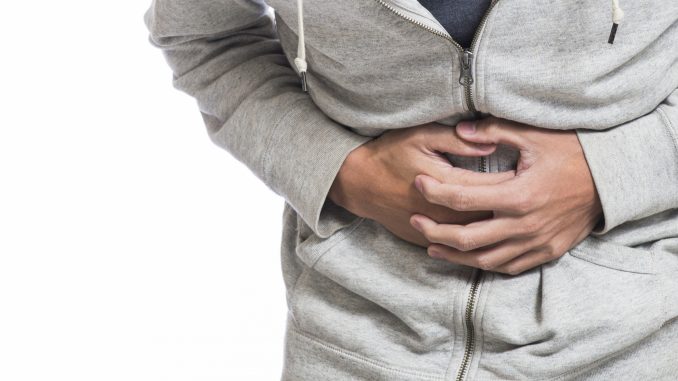
Hernia is the bulging of a part of the body or an organ, either through a weak area or through natural orifices. Inguinal hernia refers to the protrusion of contents of the abdomen, most typically a part of the small intestine, through the lower abdominal wall.
Causes
The most dangerous risk factors are smoking, obesity, pregnancy, COPD (chronic obstructive pulmonary disease), collagen diseases, and previous abdominal surgery such as appendectomy. Increased physical effort is another triggering factor, especially in people who are not very athletic or who already have a weakened inguinal wall area.
It seems that unilateral inguinal hernia is more frequent on the right side than the left one. It is assumed that this may be caused by the fact that most people are right-handed, and therefore, the right parts of their bodies are exposed to more pressure.
Symptoms
This condition is relatively easy to detect because the symptoms occur in about 66% of people affected by inguinal hernia. They may be even stronger during muscular contractions, such as when sneezing, or during intense workout routines.
The most noticeable symptom is the presence of a bulge in the inguinal area, usually unilateral.
Also, the pain typically worsens when the person is lying down. In this position, it is even easier to notice hernia because the swelling that occurs during herniation from the orthostatic position suddenly disappears or retracts towards the abdominal cavity.
In addition to these symptoms, an acute pain sensation is also usually reported, which usually does not irradiate, but it is even stronger during physical exercise.
Your doctor will usually begin by checking if the hernia is easily reducible, by pushing it back into the abdominal cavity. If this does not work, however, you might be suffering from an advanced progression of the inguinal hernia, which could strangulate your intestine if not treated.
Diagnosis
The diagnosis is performed relatively easily by a specialist, mostly based on symptoms, but also through a careful checking of the affected area. In some cases of uncertainty, paraclinical tests, especially imaging, may also be used.
Diagnosing whether you’re suffering from direct or indirect inguinal hernia is important in order to know what treatment methodology should be attempted, and what complications may occur.
Typically, direct hernia occurs with aging, because then the weakening of the abdominal wall begins. Indirect hernia refers to an embryonic defect in the deep inguinal ring.
Treatment
In male patients, where inguinal hernia is asymptomatic and does not influence the quality of life, direct treatment is not imperative.
However, female patients are advised to have a surgical intervention due to the higher risk of dangerous complications. Women may also experience femoral hernia.
However, regardless of the sex of the patient, if bowel strangulation occurs, it should be treated as a medical emergency and surgery is required as soon as possible, as constipation and bowel necrosis may be life threatening.
The treatment will typically include a classic or laparoscopic surgical approach. However, laparoscopic treatment cannot be used in any hernia case; it depends mostly on the size of the weak area of the abdominal wall.
Surgery involves the reduction of hernia and the reintroduction of the organs or protruding vessels into the abdominal cavity. However, in some cases, relapses can occur.



Leave a Reply